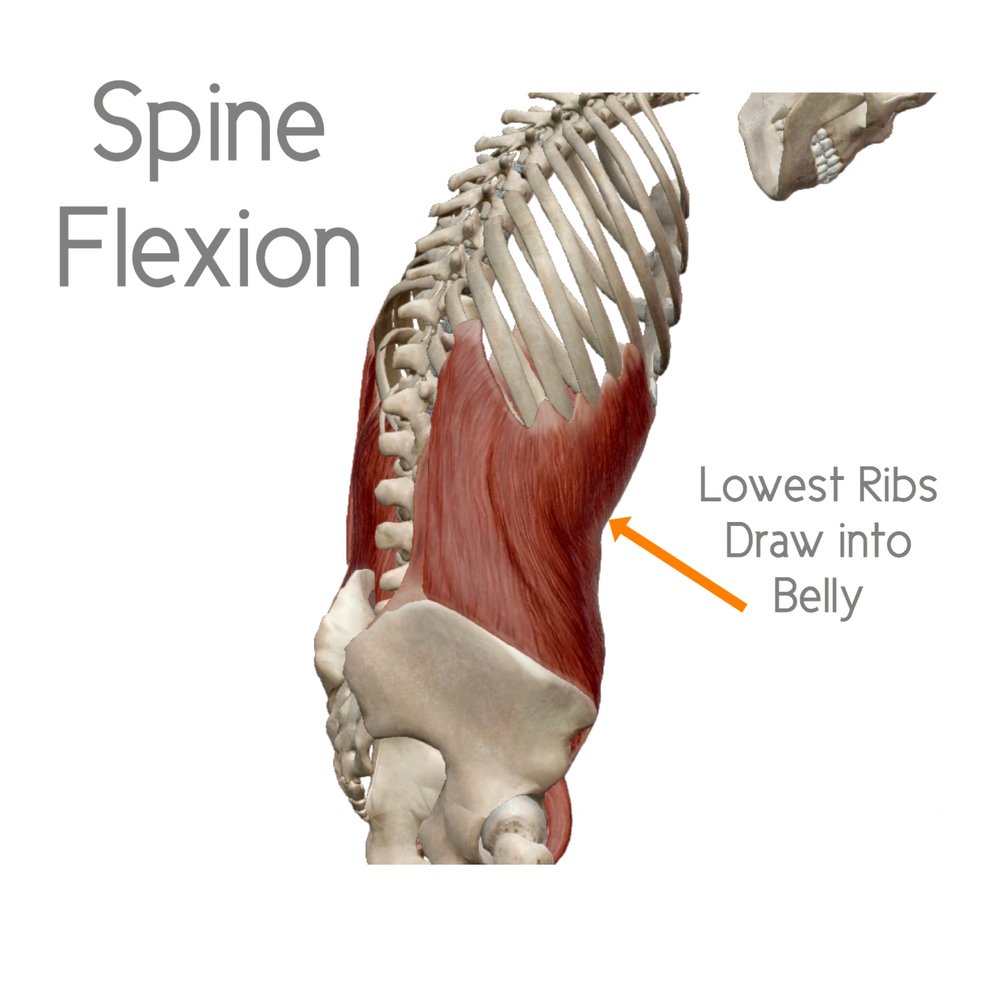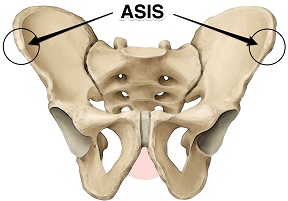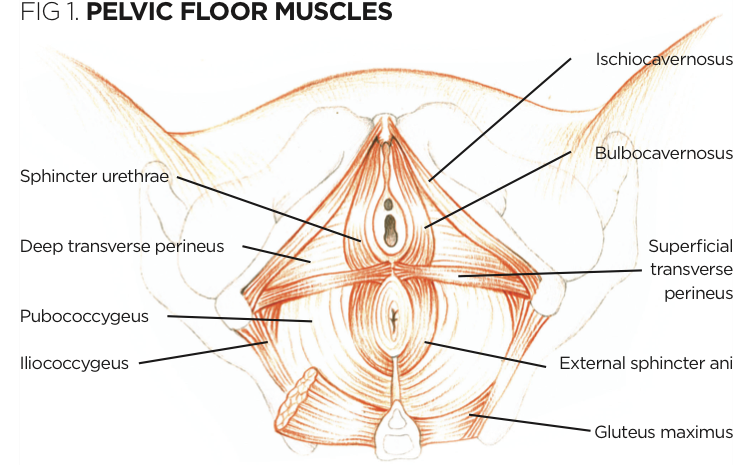Practically everything you do in yoga is engaging your core, from core-centric poses to moving from pose to pose, using your core to stabilize your body. Core strengthening is one of those fitness goals that we all know we should be doing more of. Many people associate the word “core” with abs, but fortunately , there is so much more than that. As we advance in our Yoga we need to explore the deeper layers of our abdominal core like the transverse abdominus and the pelvic floor. By learning to 'awaken' and activate these muscles, your posture might be improved as these deeper layers affect not only movement but also structural support. The muscles that provide core stability start as low the hips and legs, then the pelvic floor, some deeper abdominal muscles and some back muscles. Most yoga postures provide natural and balanced core strengthening.
The Key to Core Stability
Core stability is in large part driven via the action of the transversus abdominis. During contraction of the muscle, the navel is pulled inwards and both sides of the pelvis are pulled towards each other. This leads to a significant chain reaction in the thoracolumbar fascia connected to the lower vertebrae.
Transverse abdominis stabilizes and protects the spine—allowing us to practice asana, or even just go about our daily activities, more safely and more effectively.
The transverse abdominis draws its name from the fact that its fibers are horizontal (i.e., transverse), wrapping around your abdomen. It's sometimes compared to a corset. Because the TVA is so deep (deeper than the rectus abdominis and the external and internal obliques), it's often outside of our everyday awareness.
Activating Transversus Abdominus


Now place your hands over your “hip points” (technically, your anterior superior illiac spines—also referred to as “pelvic points” or “frontal hip bones.” These are super-important landmarks for yoga practice that we'll return to often during our Yoga practice.
As you exhale, engage the muscle between your hip points (your transverse abdominis), drawing them toward one another. See if you can keep that engagement as you inhale. Because your low belly is working, the movement of the breath will be mostly in your rib cage and upper abdomen here.
The movement will be very slight. It’s also okay if you don’t notice any actual movement at first. Just attempting to narrow hip points and drawing lower ribs toward each other and visualizing this action as you do so, is a good first step. If you cough with your hands on your abdomen you’ll find it. Think of that muscle pulling in toward the midline all the way around your waist as if you were cinching a belt. It won’t move your spine it will simply make it more stable.
Pelvic Floor Activation
When it comes to your workout, exercising your pelvic floor probably isn't part of the routine. But it should be, because a strong pelvis is linked to good balance, a healthy bladder – and even with better breathing. The pelvic floor muscles stretch like a muscular trampoline from the tailbone (coccyx) to the pubic bone (front to back) and from one sitting bone to the other sitting bone (side to side). These muscles are normally firm and thick. Just like a trampoline, the pelvic floor is able to move down and up. Pelvic floor muscles provide support to the organs that lie on it. The sphincters give us conscious control over the bladder and bowel so that we can control the release of urine, poo and wind.

Picture the pelvic floor muscles between your two sitting bones. Inhale, and as you exhale, draw the sit bones together engaging the the pelvic floor muscles between your pubic bone and tailbone. Then release. Repeat 5 times, and rest.